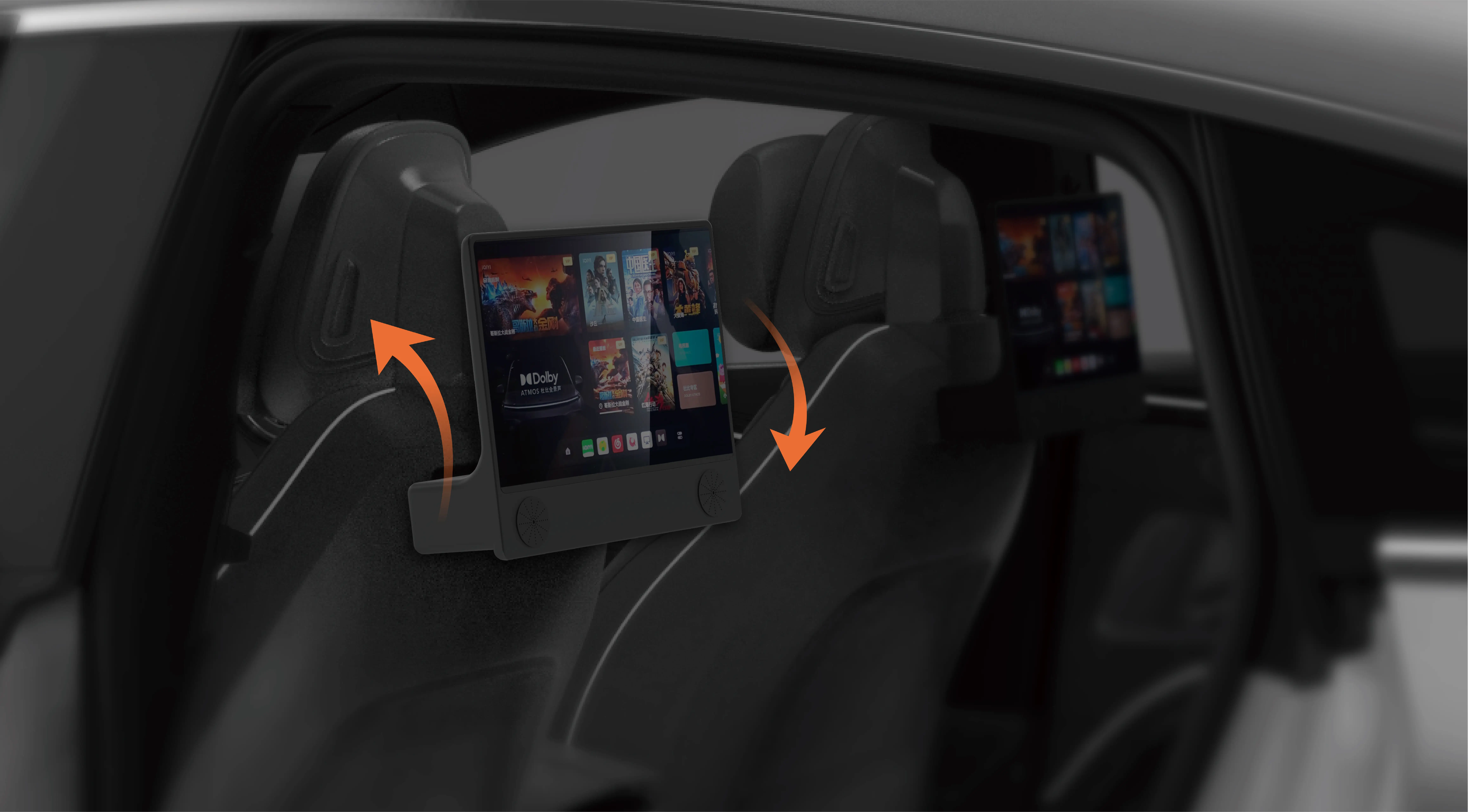In the fast-paced world of technological advancement, electric motors stand at the core of countless innovations—from autonomous vehicles to advanced robotics, medical devices, and aerospace applications. Among these, the brushless DC motor (BLDC) with a gearbox emerges as a standout powerhouse, seamlessly blending agility, strength, and precision to meet the demanding needs of modern machinery.

The Rise of Brushless DC Motors
Traditional brushed DC motors, once the mainstay of electrical engineering, have gradually been replaced by their brushless counterparts. But what makes BLDC motors so special? The answer lies in their design—eliminating brushes and commutators reduces mechanical wear and tear, leading to longer life spans and less maintenance.
Unlike brushed motors that rely on brushes to switch current direction in the windings, BLDCs use electronic commutation via sensors and control circuitry. This not only enhances reliability but also allows for more efficient and precise control of speed and torque.
The Mechanics Behind BLDCs
A typical brushless DC motor comprises a fixed stator with windings and a rotor equipped with permanent magnets. When electric current energizes the stator windings, it creates a magnetic field that interacts with the rotor magnets, producing torque and rotational motion.
The advantages of this setup include high efficiency, excellent dynamic response, and a wide operational voltage range. Because the rotor contains permanent magnets, BLDCs are inherently more energy-efficient than traditional brushed motors, especially under variable load conditions.
Why Pair a BLDC Motor with a Gearbox?
While BLDC motors offer remarkable performance, their rotation speeds—sometimes exceeding tens of thousands of RPM—aren't always suitable for every application. Here’s where the gearbox plays an essential role.
A gearbox, or gear reducer, is a mechanical device that reduces the high rotational speed of the motor to a lower, more usable output speed while increasing torque. This combination unlocks a wealth of opportunities in applications requiring precise control of force and movement, such as robotic joints, conveyor belts, and wheel drives.
The synergy between a brushless DC motor and a gearbox overcomes several challenges:
Speed Regulation: Many applications demand a specific, low-speed output. The gearbox ensures that the motor’s high speed is translated into a controlled, steady motion.
Torque Enhancement: As velocity decreases, torque increases proportionally. Gearboxes amplify torque without compromising on the motor’s inherent efficiency.
Size Optimization: Instead of employing a large, heavy motor to generate required torque, a smaller BLDC paired with a gearbox offers a compact solution.
Enhanced Durability and Reliability: With fewer moving parts and less mechanical wear, BLDCs combined with gearboxes provide durable performance suited for continuous operation.
Emerging Technologies and Innovations
Recent advancements in materials science, electronic control systems, and manufacturing techniques have propelled the development of highly efficient and compact BLDCs with integrated gearboxes. For example, the integration of planetary gear systems has improved gear ratio precision, minimized backlash, and increased load capacity.
Manufacturers are also exploring lightweight composites and advanced lubricants to enhance gearbox longevity, especially in harsh environments. The advent of smart motor controllers with integrated sensors enables real-time monitoring and optimization of the motor-gearbox system, leading to smarter, more autonomous operations.
Key Components of a Brushless DC Motor with Gearbox
Motor Core: The heart of the system, composed of stator windings and rotor magnets. Electronic Controller: Manages commutation, speed, and torque with high precision. Gearbox: The mechanical reducer, which can be planetary, spur, or worm gear-based, depending on application needs. Output Shaft: Transmits the regulated, high-torque power to the application.
Applications on the Rise
The modular nature of BLDCs with gearboxes makes them an ideal choice for a plethora of sectors:
Robotics: Precise movement control in robotic arms, manipulator joints, and autonomous mobile robots. Electric Vehicles: Drive systems for e-bikes, scooters, and even full-sized electric cars benefit from efficient power transmission. Medical Devices: Medical imaging equipment and surgical robots require high reliability and smooth, controlled motion. Aerospace: Lightweight, reliable systems for actuators and control surfaces in aircraft. Industrial Automation: Conveyor systems, packaging machinery, and CNC equipment leverage this combo to maximize productivity.
This compact and powerful pairing embodies the evolution towards smarter, more energy-efficient, and reliable machines. As we look ahead, innovations continue to push the boundaries—blurring the line between mechanical engineering and electronics, and opening new horizons for automation and intelligent systems.
Kpower has delivered professional drive system solutions to over 500 enterprise clients globally with products covering various fields such as Smart Home Systems, Automatic Electronics, Robotics, Precision Agriculture, Drones, and Industrial Automation.




































